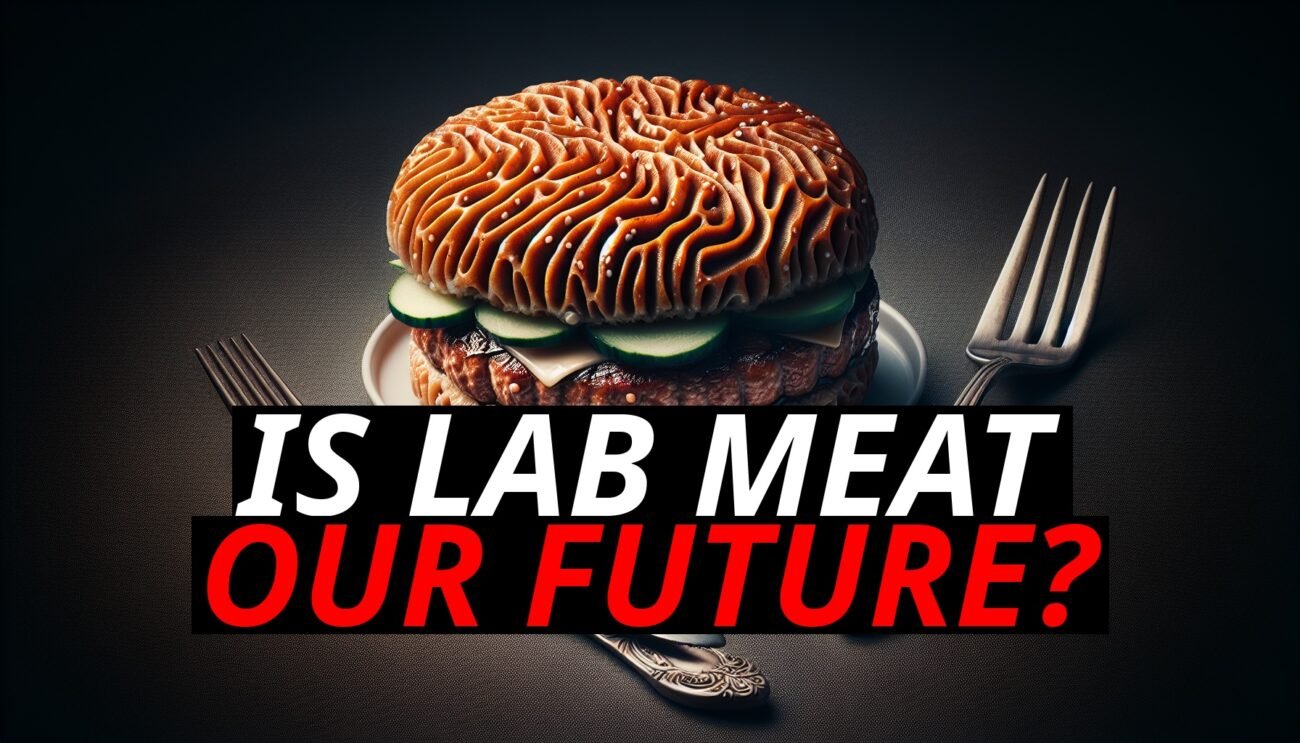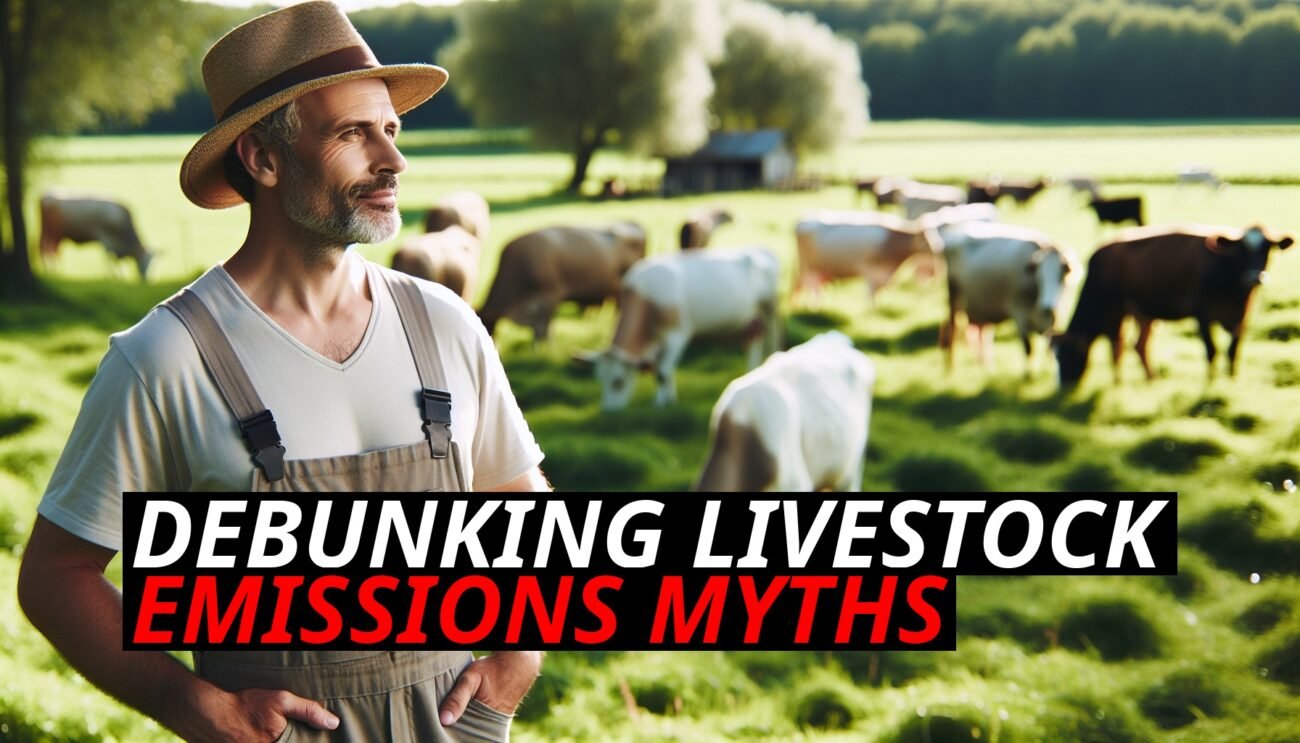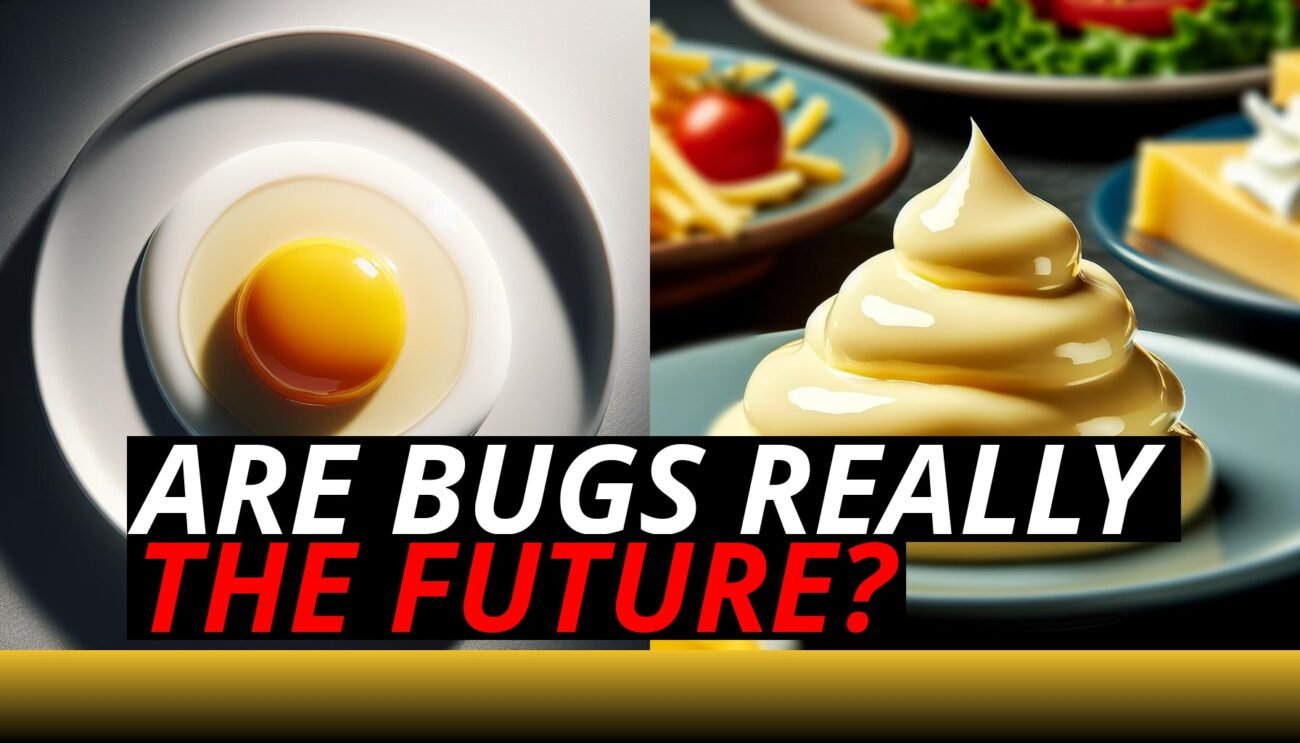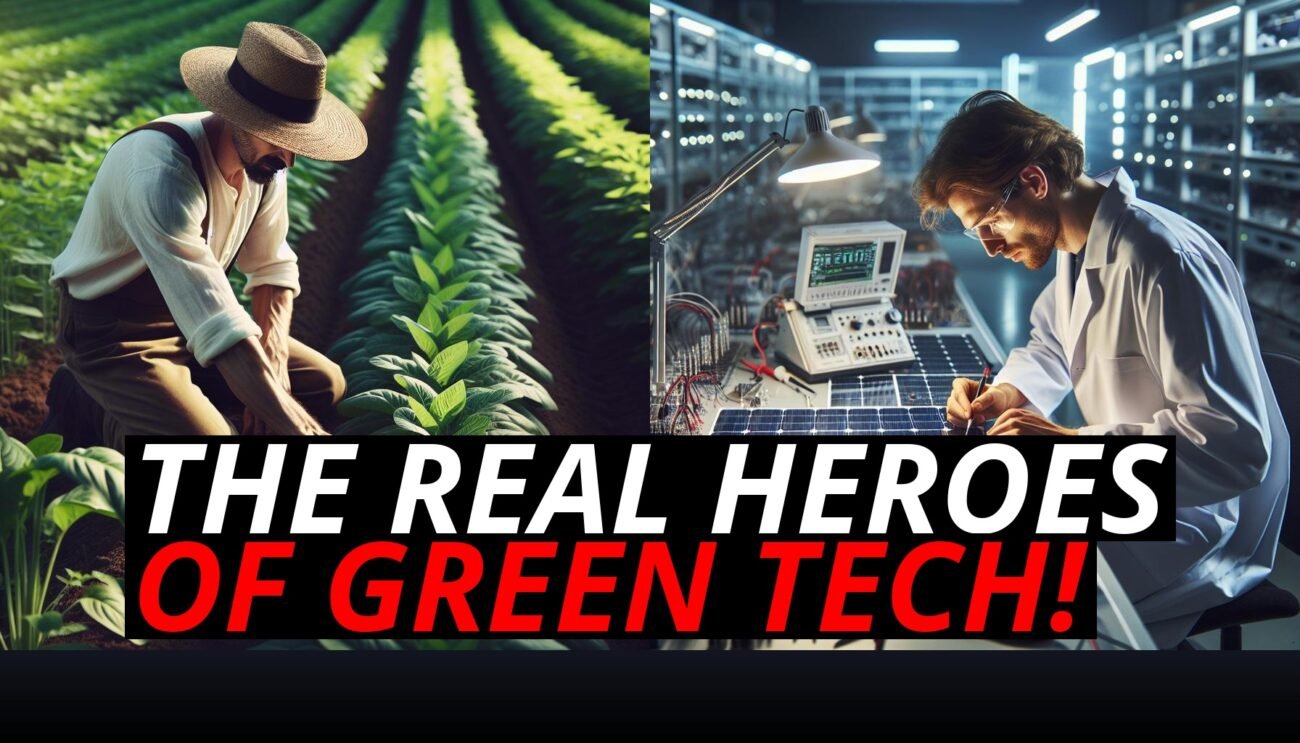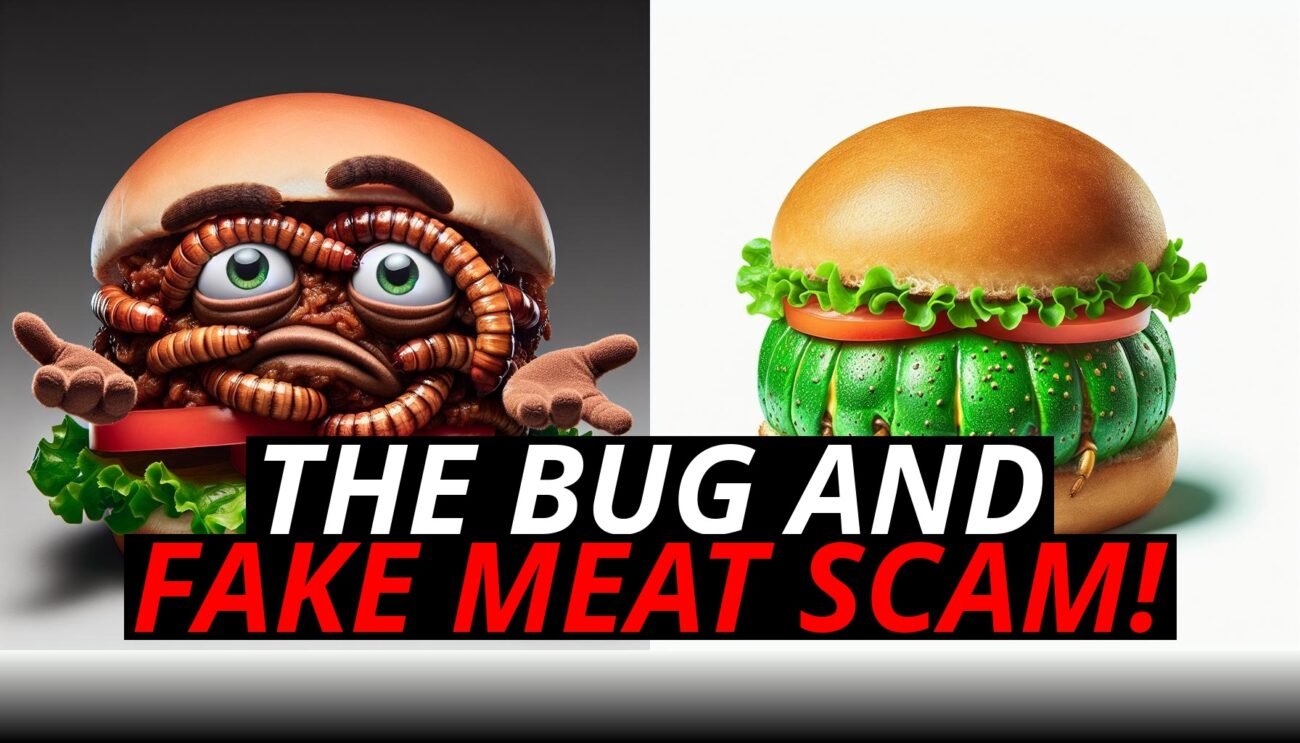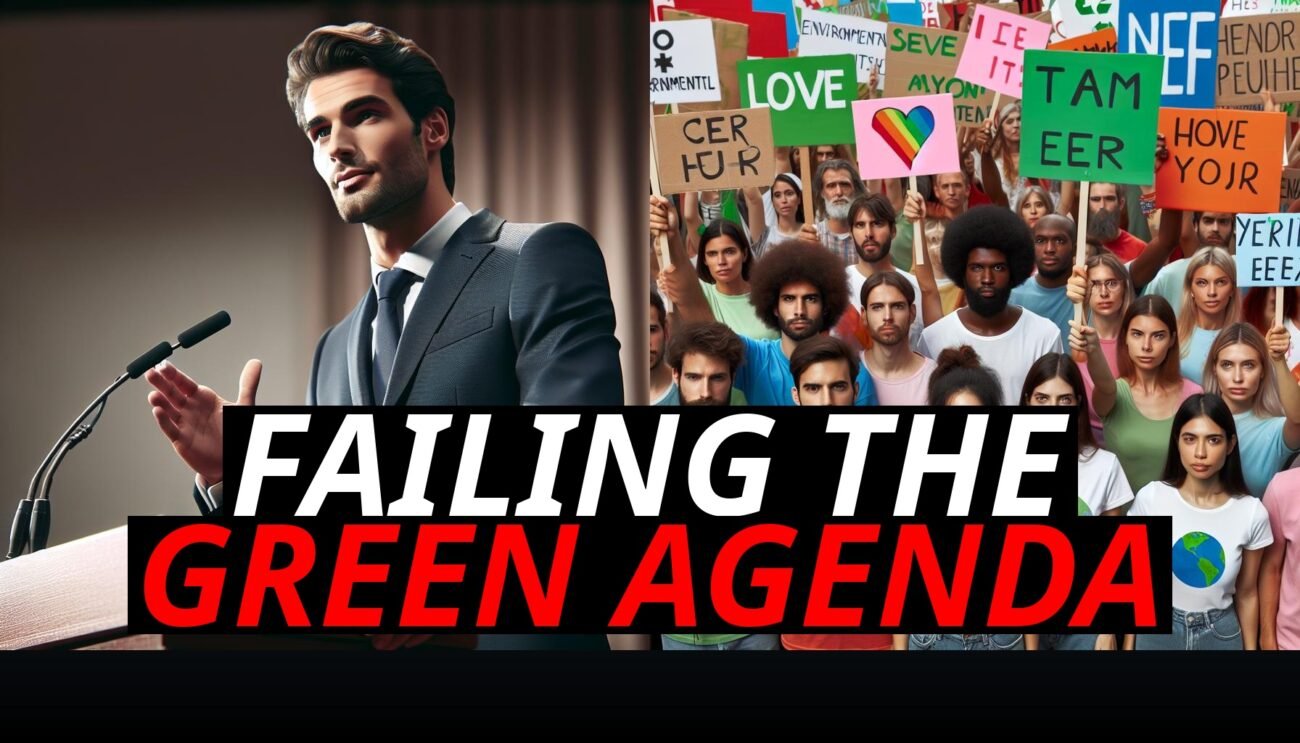Imagine walking into a grocery store where shelves are stocked with products nobody wants. There’s an endless supply of fake meat patties and cricket protein bars, but very few people are buying them. This isn’t just bad luck for these new food industries—this is a classic case of what happens when production is prioritized over demand, a flaw commonly seen in planned economies.
In their rush to solve global food issues, industries like bug farming and fake meat have ignored a fundamental rule of any successful business: if consumers don’t want it, it won’t sell. Let’s explore how these industries are mirroring the mistakes of planned economies, focusing on production quotas instead of what people actually want to eat.
Planned Economies In Action: Producing Without A Market
In a planned economy, the government decides what gets produced, how much, and often even sets the price—regardless of market demand. The problem with this approach is that it frequently leads to overproduction of goods that people don’t want, while underproducing what they do. The result? Shelves full of unwanted items, just like in those old photos of empty stores in the Soviet Union.
Industries like bug farming and fake meat are following a similar model. They have identified an issue—how to feed a growing population sustainably—but rather than focusing on what consumers want to buy, they’re focused on making as much product as possible. They assume that if they produce enough, consumers will eventually get on board. But this top-down approach, reminiscent of planned economies, has a fatal flaw: you can’t force people to buy something they don’t want.
Fake Meat And Bug Farming: Overproduction Without Demand
Both the fake meat and bug farming industries have positioned themselves as solutions to the environmental impact of traditional livestock farming. While their goals might be noble, they are facing a significant problem: there simply isn’t enough consumer demand to support their massive production efforts.
In the case of fake meat, companies like Beyond Meat and Impossible Foods launched with big promises of reducing meat consumption and saving the planet. Yet, sales have plummeted after an initial burst of interest. The problem? Most consumers either don’t like the taste, don’t trust the health claims, or are unwilling to pay the higher prices for a product they see as inferior to real meat.
Similarly, bug farming has been heralded as the future of protein. But despite the environmental arguments, the idea of eating bugs remains a tough sell in most cultures. People aren’t rushing to replace their burgers with cricket patties, no matter how sustainable they may be.
Both industries are producing massive amounts of product without a corresponding demand—a clear sign that they’re mirroring the failures of planned economies.
Production Quotas Over Consumer Preferences
One of the defining characteristics of a planned economy is the focus on production quotas—the idea that meeting certain targets is more important than understanding what consumers actually want. Both the fake meat and bug industries have fallen into this trap, driven by the desire to produce as much as possible in order to justify their environmental mission.
This top-down approach ignores a key fact: food is deeply personal. People eat what they enjoy, what fits their cultural norms, and what aligns with their values. You can’t simply impose a new product on the market and expect consumers to change their behavior overnight.
In the case of fake meat, many consumers are skeptical of highly processed foods—especially ones that are marketed as “healthier” alternatives to real meat. The same goes for bug farming; while some cultures have historically eaten insects, the Western palate hasn’t embraced them, despite the best efforts of environmental advocates.
Ignoring Market Realities: Why Consumers Are Pushing Back
The failure to account for consumer preferences isn’t just a minor oversight—it’s the core reason why these industries are struggling. In planned economies, products are often made for the sake of production, not because they meet consumer needs. This leads to an abundance of goods that people don’t actually want, resulting in waste, inefficiency, and ultimately, failure.
With fake meat and bug farming, the same story is playing out. These industries are pumping out products, assuming that consumers will eventually come around. But taste, price, and familiarity still dominate food choices, and neither fake meat nor bugs have been able to overcome these barriers.
What these industries fail to realize is that consumers drive the market, not production quotas. Without a real demand for insect burgers or lab-grown steaks, the products will sit on shelves, just like any unwanted item in a planned economy.
The Consumer Disconnect: Why This Approach Can’T Work
One of the biggest reasons these food industries are failing is that they are disconnected from the consumer experience. They are producing for an idealized market rather than the real one.
Fake meat and bug farming assume that consumers will prioritize environmental concerns over their personal tastes and food preferences. But in reality, people choose their food based on a range of factors: taste, price, nutrition, and cultural fit. Simply being eco-friendly isn’t enough to convince people to give up their favorite foods.
In fact, many consumers are becoming increasingly aware of the processing and chemical additives involved in creating fake meat, which contradicts the very idea of eating “natural” food. Meanwhile, bug farming faces an uphill battle of cultural resistance and general unappetizing perceptions.
Why Livestock And Dairy Fit Market Realities Better
While fake meat and bug farming struggle with consumer demand, livestock and dairy farming remain successful because they are deeply connected to both consumer preferences and market realities.
- Cultural Fit: Meat, milk, and eggs are staples in most cultures around the world. They provide the protein, fat, and nutrition that people have relied on for generations. These foods align with cultural expectations and preferences, making them easy to sell and integrate into daily life.
- Sustainability Options: Livestock farming isn’t as environmentally damaging as the fake meat industry would have you believe. There are sustainable practices like rotational grazing and regenerative farming that help livestock farming work with nature, not against it.
- Consumer Appeal: Most importantly, people like the taste of real meat, eggs, and dairy. These are products that have real demand, making them naturally aligned with market realities in a way that bug farming and fake meat simply aren’t.
Conclusion: Consumer Demand Over Production Quotas
The fake meat and bug farming industries are making the same mistakes as planned economies—they’re focusing on production without considering what consumers actually want. By prioritizing production quotas over real market demand, these industries are bound to struggle.
Ultimately, successful food systems are driven by consumer preferences, not just production capabilities. If we want to create a more sustainable future, we need to focus on market-driven solutions that align with what people actually enjoy eating, like sustainable livestock and dairy farming—not mass-produced alternatives that nobody asked for.


